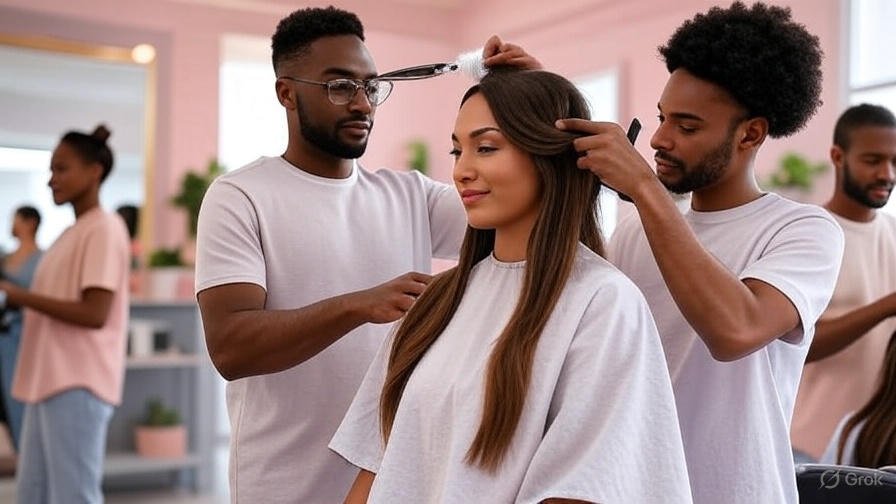The Rise of Gender-Neutral Beauty Salons Across America

Content
The Rise of Gender-Neutral Beauty Salons Across America
The American beauty industry is experiencing a revolutionary transformation as gender-neutral salons emerge across the nation, challenging traditional norms and creating inclusive spaces for all clients. These innovative establishments are dismantling the long-standing division between “his” and “hers” beauty services, offering a welcoming environment where everyone can access quality grooming and styling services regardless of gender identity. From Los Angeles to New York, and from small towns to major metropolitan areas, these salons represent a growing movement toward inclusivity and accessibility in personal care services.
The catalyst for this shift stems from changing social attitudes and increased awareness of gender diversity. As society becomes more accepting of non-binary and transgender individuals, the rigid gender categorizations that once defined beauty services have become outdated and exclusionary. Many traditional salons inadvertently created barriers for clients who didn’t fit conventional gender expectations, whether they were masculine-presenting women seeking styling services or feminine-presenting men looking for haircuts. Gender-neutral salons address these gaps by focusing on individual needs and preferences rather than gender assumptions.
These inclusive spaces are characterized by their welcoming atmosphere, diverse staff, and service menus that avoid gendered language. Instead of separate sections for men’s and women’s haircuts, clients are offered consultations based on their hair type, desired style, and personal preferences. The terminology has evolved to include terms like “styling services,” “personal grooming,” and “beauty consultations,” while pricing structures often eliminate the traditional gender-based price disparities that once made certain services more expensive for women.
The business model of gender-neutral salons proves to be both socially progressive and economically viable. Owners report that these establishments attract a broader customer base, including individuals who previously avoided traditional salons due to feeling unwelcome or misunderstood. The focus on individualized service rather than gender-based assumptions often results in higher client satisfaction and increased customer loyalty. Many of these salons have thrived financially while building strong community connections and positive reputations for their inclusive practices.
Industry professionals have embraced this transformation, with many experienced stylists finding renewed passion in working at gender-neutral establishments. The creative freedom that comes with serving diverse clients without gender constraints has led to innovative styling approaches and artistic expression. Barber-stylists are developing skills across various hair types and lengths, while beauty professionals are expanding their expertise to serve clients of all gender presentations. This professional evolution is elevating the overall quality and creativity within the beauty industry.
Regional adoption of gender-neutral concepts varies, with progressive cities like San Francisco, Portland, and Austin leading the way, while other areas are gradually following suit. Some traditional salon owners are adapting by updating their marketing materials, revising service menus, and training staff on inclusive practices. Beauty supply companies and industry organizations are also responding by developing products and educational programs that support gender-inclusive services, helping to normalize these practices across the broader industry.
The rise of gender-neutral beauty salons represents more than a business trend—it reflects America’s evolving understanding of gender and identity. As these inclusive spaces continue to multiply, they’re not only transforming the beauty industry but also contributing to broader conversations about acceptance and equality. The success of these establishments demonstrates that businesses can thrive while embracing diversity and creating environments where all individuals feel valued and respected, paving the way for continued progress in other service industries.
